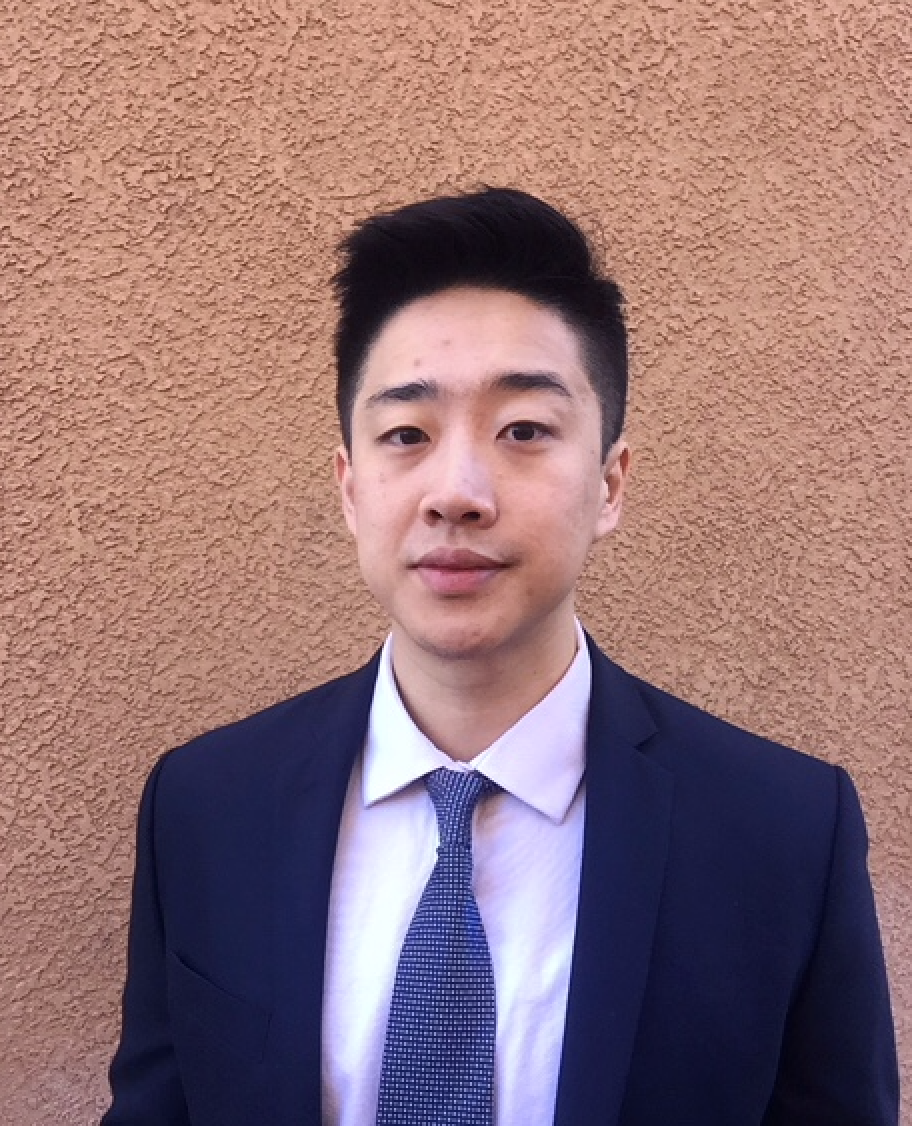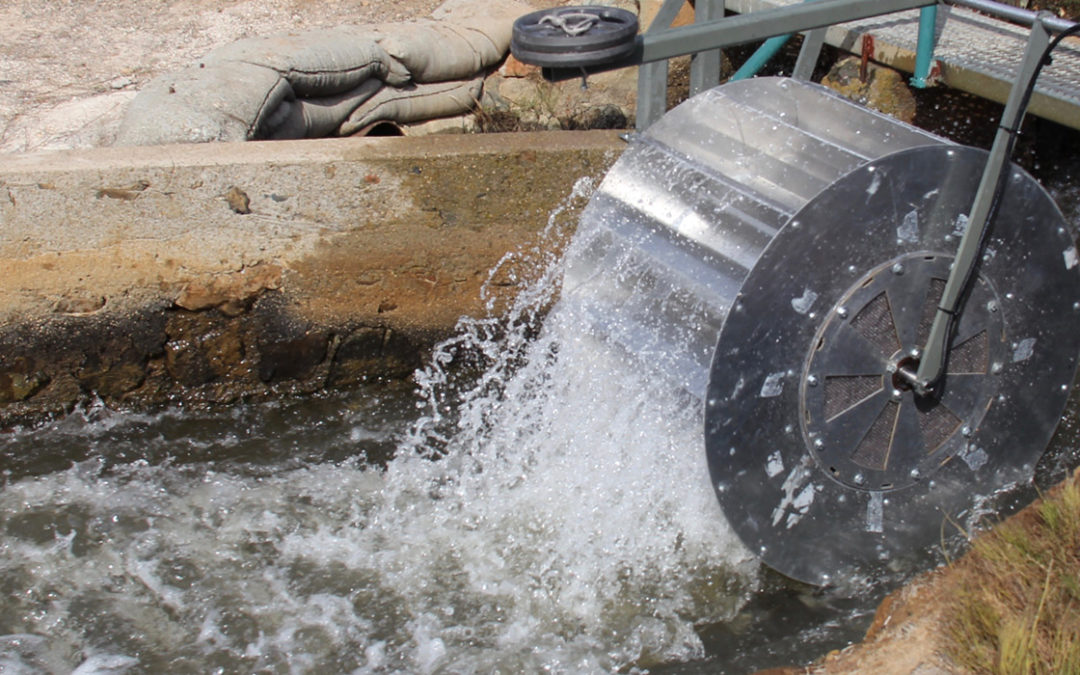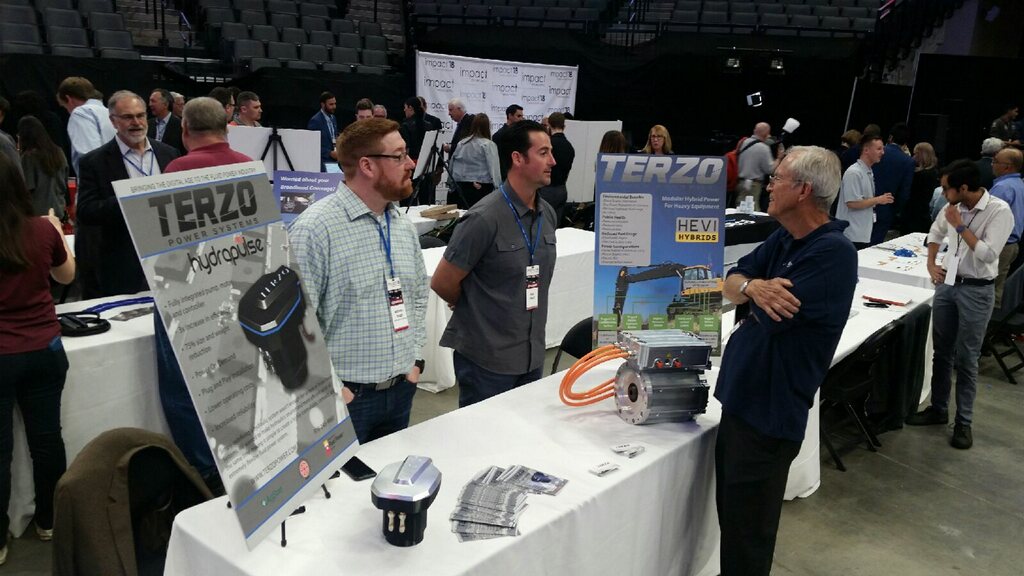
Good News on Clean Tech Innovation: CalCEF Showcase Night
It is always a pleasant surprise to hear about new and very clever clean tech being pursued by eager entrepreneurs. We recently had that exciting experience when we attended the California Clean Energy Fund’s latest investor night on May 15th in San Francisco.
CalCEF was started about a decade ago with money collected from the utilities to invest in promising new startups. It attracted other funding as well as using its funds to catalyze other investments in companies. They have funded 40 companies that have raised $1.5 billion in total. They have a good record in finding and nurturing some of the best clean tech companies in California. We are very pleased that several of those originated here in our region. Part of the reason in fact we attended the meeting on the 15th was that two of our CleanStart companies being helped by CalCEF with seed money were making presentations. And we learned about 4 more companies that are doing some exciting things.
The two home-grown teams were EnerDapt and Lucent Optics. We recently profiled EnerDapt and its AI-driven SaaS providing its assistant “Hank” that helps find energy savings in medium size commercial buildings that are mostly overlooked by the larger building energy management players.
Lucent Optics is an outgrowth of a long-established local company called SVV Technologies, headed by Sergey Vasilyev. He and his Dad Viktor have specialized in some very clever optics to improve use of sunlight. We knew them in 2005 when they had a novel way of focusing sunlight on PV panels. In their new company Lucent, they have a transparent film to put on windows that will diffuse the light coming in so that it spreads around the room to such a degree that little artificial lighting is needed. It looks like magic. We have no idea how the film does this. On the window it is transparent and doesn’t appear to blur what is seen. It is a very thin film and clings to the inside of the window. They are getting some good interest from customers.
Sort of nearby was Nativus Power, based in Reno. They presented their high-efficiency, lightweight window air conditioner product. We have never seen anything like this. It is still a vapor-compression unit, but with a unique spinning heat exchanger which is so efficient (a ten-fold gain in neat transfer) it is markedly smaller and in turn allows the compressor to be downsized too. Think of a package no larger than a 2010-vintage desktop PC light enough to be shipped directly to a home and installed in minutes. Their target markets are countries where apartment dwellers generally add A/C on their own. If you have been in a big city in Asia or South America, you know what this looks like–hundreds of A/C units hanging out of windows on a ten story apartment building. Their product is much smaller and cheaper to run (67% lower operating cost). They indicated interest from some of the biggest names in appliances like GE and Haier. We will see if we can entice them down for a future MeetUp.
Next on the Hit Parade was Lilac Solutions. They have an ingenious way of extracting lithium from brines using an ion exchange resin in beads. Conventional lithium recovery involves mining salt ores, making a brine, precipitating out a slurry that is enriched in lithium, and then drying that in evaporation pans. It is an expensive and weeks-long process. And it doesn’t work well when the original salt has a lot of calcium or magnesium in it, just mostly sodium. The Lilac process takes hours, doubles the recovery rate of lithium (from 40% to 80%), works fine with high calcium and magnesium salts, and can harvest lithium economically from salts down to one-tenth the limit for the conventional process (from 500 ppm down to 50 ppm). Clearly this enormously expands the potential sources of lithium for batteries and relieves the anxiety of becoming dependent on only a few countries. They too are getting a lot of attention.
The final two presenters were:
- 10Power, a social venture that provides solar finance and develops commercial-scale solar projects for microgrids in emerging economies; and
- South 8 Technologies that had liquefied gas electrolyte (under pressure to keep it liquied) in conventional lithium ion batteries, allowing for a substantial increase in energy density and exceptional performance at record low temperatures.
The most important lesson from the session was that major innovations are still being turned up all the time. There is still plenty of opportunity for startups and investors in cleantech. There are billion dollar ideas still out there.
ABOUT THE AUTHOR
Qidong is a CleanStart Associate who follows new technologies that can connect with his passion for sustainability, education and economic empowerment. Helping CleanStart and clean tech startups in the Sacramento Region, he is looking to help positively impact the world. He recently graduated from UC San Diego and has a B.S. in Managerial Economics. His multicultural background helps companies approach problems from new perspective.in the region.





